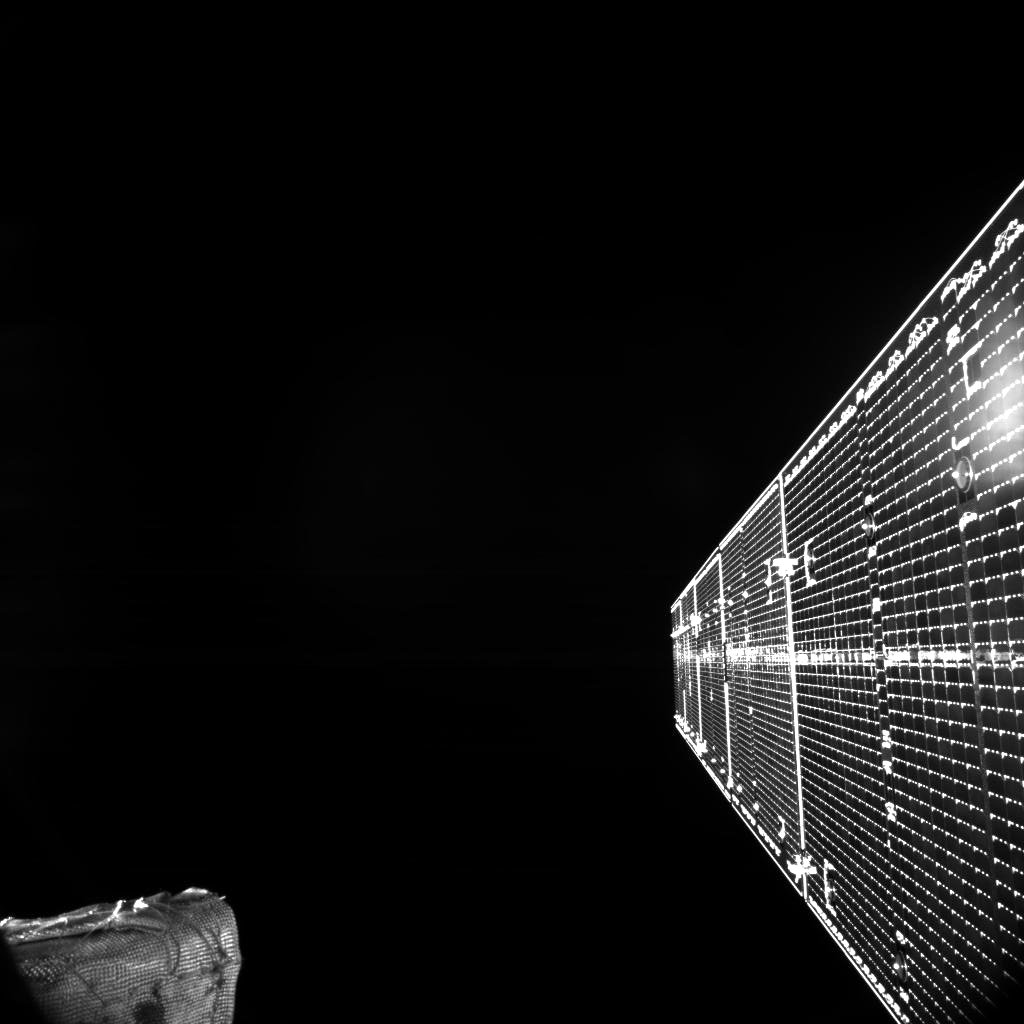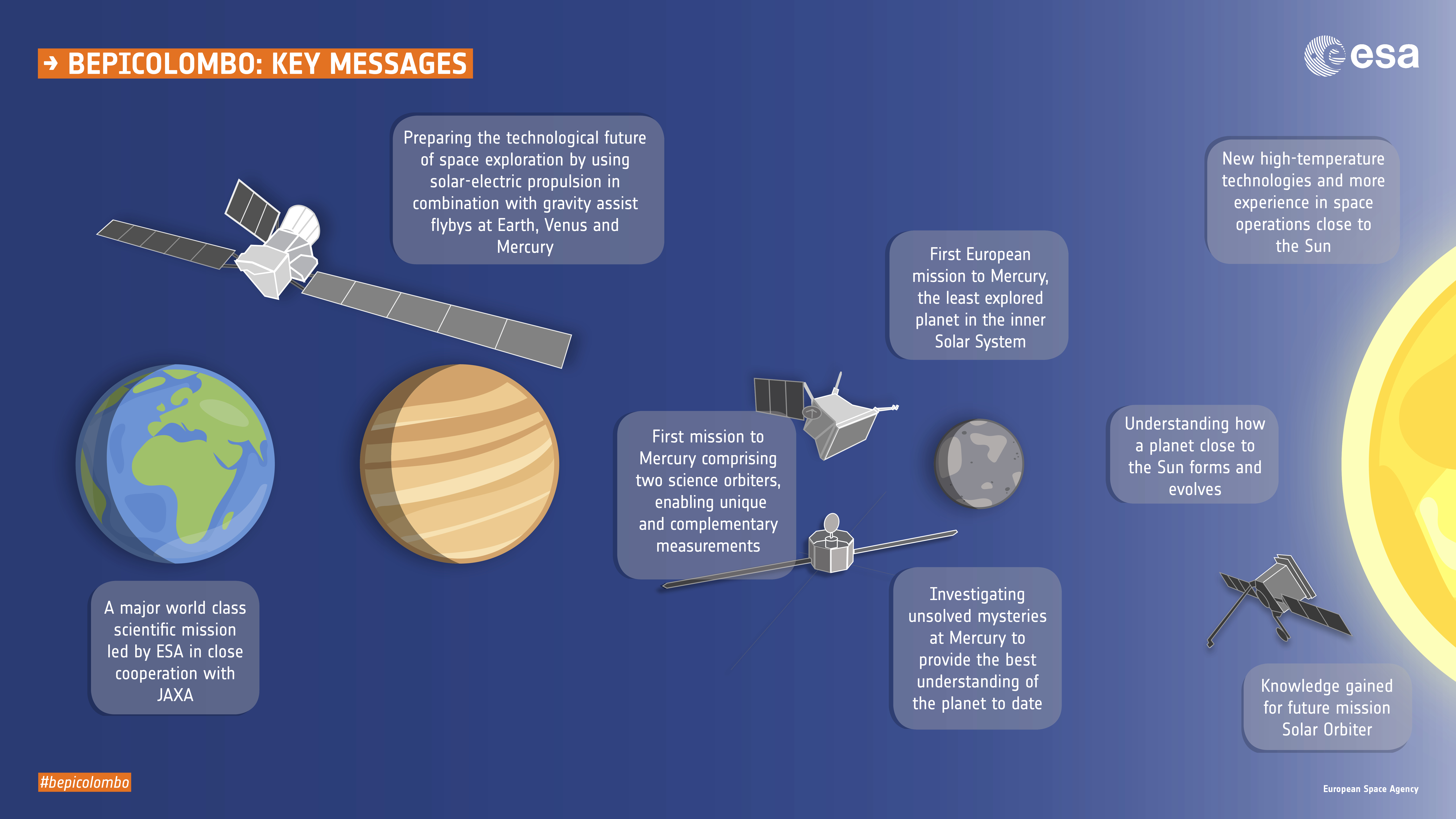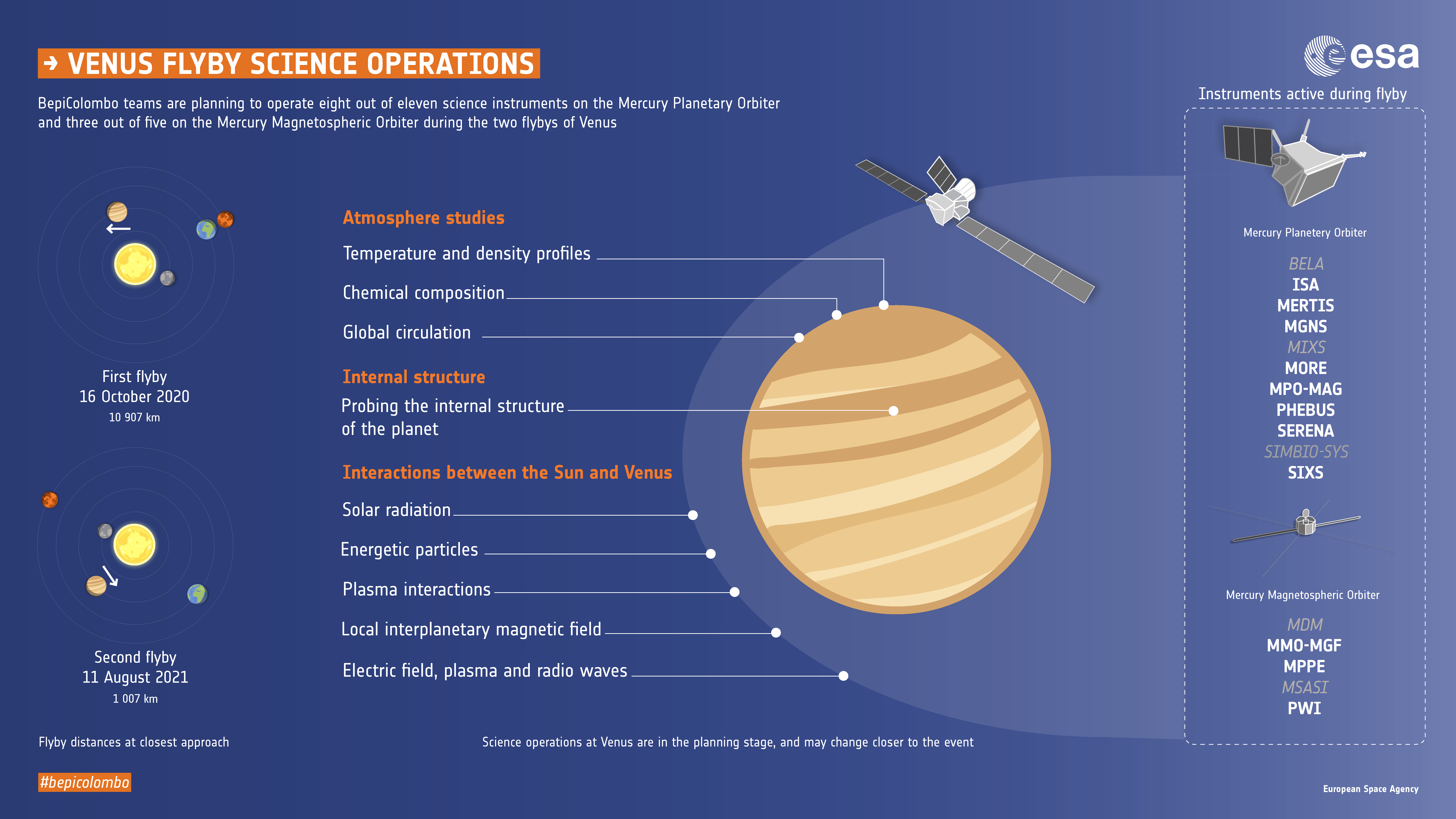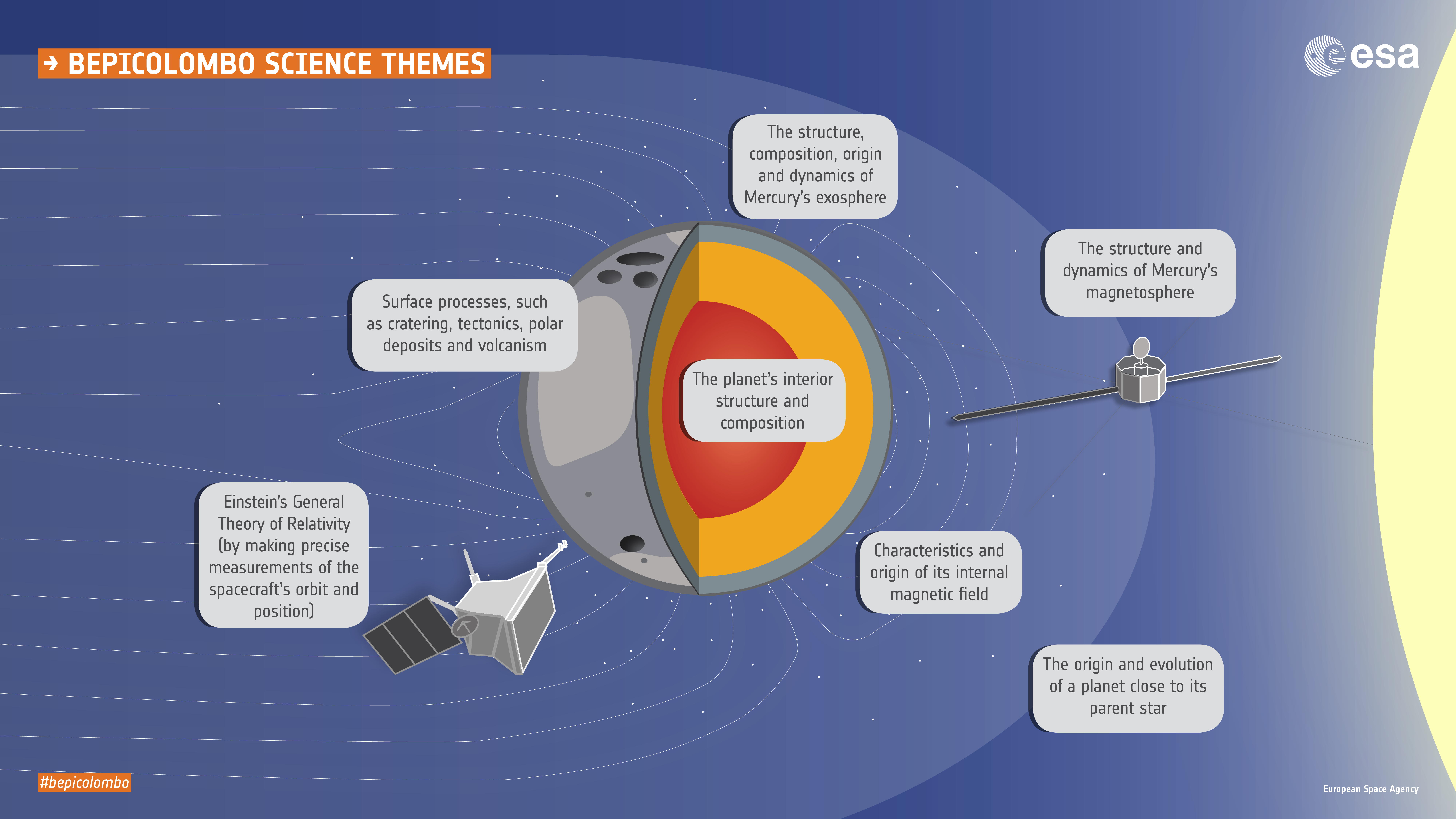
The European-Japanese spacecraft will be the third mission to the rocky planet closest to the sun.
BepiColombo is a joint mission between the European Space Agency (ESA) and the Japan Aerospace Exploration Agency (JAXA), carried out under ESA leadership.

The mission consists of two spacecraft: the Mercury Planetary Orbiter (MPO), which was constructed by ESA, and the Mercury Magnetospheric Orbiter (MMO), which was constructed by JAXA. It aims to perform a comprehensive study of Mercury, including its magnetic field, magnetosphere, interior structure, and surface.

Both spacecraft will fly to Mercury together as a coupled system but will be put into separate orbits upon arrival in 2025. The MMO will investigate the magnetospheric interaction between the planet and the solar wind, while the MPO will be put onto a lower orbit which is optimal for carrying out remote sensing of the planet’s surface.

Experts say BepiColombo could not only shed light on the mysteries of our neighborhood’s smallest planet but also offer new insights into how the solar system formed and even provide vital clues as to whether planets found orbiting other stars – so-called exoplanets – could be habitable.











![OpenAI. (2025). ChatGPT [Large language model]. https://chatgpt.com](https://www.illustratedcuriosity.com/files/media/55136/b1b0b614-5b72-486c-901d-ff244549d67a-350x260.webp)
![OpenAI. (2025). ChatGPT [Large language model]. https://chatgpt.com](https://www.illustratedcuriosity.com/files/media/55124/79bc18fa-f616-4951-856f-cc724ad5d497-350x260.webp)
![OpenAI. (2025). ChatGPT [Large language model]. https://chatgpt.com](https://www.illustratedcuriosity.com/files/media/55099/2638a982-b4de-4913-8a1c-1479df352bf3-350x260.webp)








